HAL will be in charge of the helicopter design, while SAFHAL will provide the engines.
Safran Helicopter Engines and Hindustan Aeronautics (HAL) have joined forces in a partnership, called ‘SAFHAL’ for developing engines for two new medium-lift helicopters and supplying them to the Indian armed forces. HAL chairman CB Ananthakrishnan said the partnership with SAFHAL was a significant step towards achieving self-reliance in India’s aerospace and defence sectors.
HAL will be in charge of the helicopter design, while SAFHAL will provide the engines. The goal is to create a high-power engine, named ‘Aravalli’, for the Indian Multi-Role Helicopter (IMRH) and Deck-Based Multi-Role Helicopter (DBMRH) for the naval variant. The name, ‘Aravalli’, inspired by India’s majestic mountain range, symbolizes the country’s aspirations to self-reliance in critical engine technologies.
This collaboration will involve designing, developing, manufacturing, supplying and supporting the new engines. Since February 2023, the companies have been considering working together on a joint development project. They signed an agreement in July 2022 related to the IMRH/DBMRH helicopters. The collaboration will not only enhance the operational capabilities of IMRH and DBMRH helicopters, but also contribute to the overall goal of developing critical defence technologies within the country.
Safran Helicopter Engines chief executive Cedric Goubet said the project would strengthen the partnership between HAL and Safran, as well as enhance the strategic relationship between India and France. Their combined expertise and resources will ensure the success of the IMRH and DBMRH programmes.
HAL is developing the 13-ton IMRH to replace the Mil Mi-17 helicopters used by the Indian Air Force (IAF). The IMRH will have the capacity to carry up to 36 troops. The 12.5-ton DBMRH will be used by the Indian Navy. SAFHAL will collaborate with its parent companies to develop advanced engine technologies that offer superior performance, reliability and operational efficiency. The ‘Aravalli’ engines will be designed to operate effectively in various difficult environments and involve rigorous testing protocols to meet the highest global standards.
The company is also considering other possible uses for its forthcoming helicopter models, such as VVIP transport, offshore operations and performing various civilian utility tasks.
Safran Helicopter Engines SAS has been HAL’s preferred partner for providing engines for its helicopters. This partnership began with the Artouste engines used in the Cheetah and Chetak helicopters, followed by the Shakti engine and its versions used in the advanced light helicopters (ALHs), light combat helicopters (LCHs) and light utility helicopters (LUHs). The current collaboration takes this longstanding relationship to a new level by jointly designing and developing advanced helicopter engines for use in medium-lift helicopters.
Mi-17 to IMRH: India’s Copter Evolution
The IAF has a substantial fleet of Mi-17 helicopters, including the Mi-17, Mi-17 1V and Mi-17 V5 models. These helicopters serve as the backbone of the IAF’s helicopter operations. Between 2008 and 2013, India placed orders for 151 Mi-17V5 helicopters, with the final deliveries completed in February 2016.
The IAF operates a diverse fleet of approximately 500 helicopters. This fleet includes around 90 Mi-17s, over 130 Mi-17V5s and more than 70 ALHs, including the armed variant. The fleet also comprises 22 AH-64E Apache attack helicopters, a squadron of Mi-35 attack helicopters, 15 CH-47F Chinook heavy-lift helicopters and the newly inducted LCHs. The oldest Mi-17 helicopters are scheduled to be retired starting in 2028.
HAL aims to benchmark the proposed IMRHs against such modern helicopters as the Russian Mi-17, Sikorsky S-92, AgustaWestland AW-101, NHIndustries NH-90 and Eurocopter EC-725, with the goal of competing in the global helicopter market. According to HAL officials, the IMRH is designed for various roles, including air assault, air transport, combat logistics, combat search and rescue, casualty evacuation and even VVIP duties.
HAL plans to manufacture over 1,000 helicopters ranging from 3-15 tons, aiming for a business potential exceeding ₹4 lakh crore over the next 20 years.
In February 2023, HAL opened its new helicopter factory in Tumakuru, Karnataka, which is the largest of its kind in India. The facility will, initially, focus on producing the LUH. HAL has stated that this factory will, at first, produce around 30 helicopters annually, with plans to gradually increase production to 60 and eventually 90 helicopters each year.
The Indian Navy has expressed the need for more than 100 MRHs and an earlier global tender for 123 MRHs has been cancelled. The navy is in the midst of inducting 24 MH-60R MRHs, acquired through a $2.2-billion agreement with Lockheed Martin signed in February 2020, with deliveries expected to be completed by 2025.
![submenu-img]() Pusha T, DIVINE to headline second edition of Gully Fest; details inside
Pusha T, DIVINE to headline second edition of Gully Fest; details inside![submenu-img]() This small country has earned more wealth than US, UK, India, China, since 2010, name will leave you surprised
This small country has earned more wealth than US, UK, India, China, since 2010, name will leave you surprised![submenu-img]() Moin Khan slams Pakistan legend for demoralising son Azam Khan for this reason
Moin Khan slams Pakistan legend for demoralising son Azam Khan for this reason![submenu-img]() Yuvraj Singh picks this India star 'to bat for his life'; it's not Virat Kohli, MS Dhoni
Yuvraj Singh picks this India star 'to bat for his life'; it's not Virat Kohli, MS Dhoni![submenu-img]() CBSE issues show-cause notices to 27 schools in Rajasthan and Delhi for...
CBSE issues show-cause notices to 27 schools in Rajasthan and Delhi for...![submenu-img]() Kolkata rape-murder case: CBI ने किया अब तक सबसे बड़ा खुलासा, हादसे की रात संजय रॉय को कॉल कर बुलया गया था
Kolkata rape-murder case: CBI ने किया अब तक सबसे बड़ा खुलासा, हादसे की रात संजय रॉय को कॉल कर बुलया गया था![submenu-img]() Vinesh Phogat: विनेश फोगाट मामले में हरिश साल्वे का बड़ा दावा, बोले- वह चाहती ही नहीं थीं कि हम फैसले के खिलाफ अपील करें
Vinesh Phogat: विनेश फोगाट मामले में हरिश साल्वे का बड़ा दावा, बोले- वह चाहती ही नहीं थीं कि हम फैसले के खिलाफ अपील करें![submenu-img]() Haryana Elections 2024: कुरुक्षेत्र में PM Modi का कांग्रेस पर तंज, 'इससे बड़ी धोखेबाज पार्टी कोई और नहीं है'
Haryana Elections 2024: कुरुक्षेत्र में PM Modi का कांग्रेस पर तंज, 'इससे बड़ी धोखेबाज पार्टी कोई और नहीं है'![submenu-img]() इंतजार खत्म! Thalapathy Vijay की आखिरी फिल्म पर से उठ गया पर्दा, कब होगी रिलीज, यहां जानें सबकुछ
इंतजार खत्म! Thalapathy Vijay की आखिरी फिल्म पर से उठ गया पर्दा, कब होगी रिलीज, यहां जानें सबकुछ ![submenu-img]() प्रोटेस्ट कर रहें डॉक्टरों से ममता बनर्जी ने की मुलाकात, कहा '��मैं शुक्रवार रात सो नहीं पाई, मुझे थोड़ा टाइम देजिए.'
प्रोटेस्ट कर रहें डॉक्टरों से ममता बनर्जी ने की मुलाकात, कहा '��मैं शुक्रवार रात सो नहीं पाई, मुझे थोड़ा टाइम देजिए.'![submenu-img]() Ford to return to India after 2 years with reopening of....
Ford to return to India after 2 years with reopening of....![submenu-img]() Maruti Suzuki launches new Swift CNG, check price, mileage, other features
Maruti Suzuki launches new Swift CNG, check price, mileage, other features![submenu-img]() ‘30 LPA, 3BHK, no in-laws’: Woman earning Rs 1.32 lakh salary lists demands for future husband, netizens say...
‘30 LPA, 3BHK, no in-laws’: Woman earning Rs 1.32 lakh salary lists demands for future husband, netizens say...![submenu-img]() In a big EV push, Centre launches Rs 10900 crore PM E-Drive scheme to replace…
In a big EV push, Centre launches Rs 10900 crore PM E-Drive scheme to replace…![submenu-img]() World’s longest car has helipad, swimming pool, mini-golf course, can seat over…; it cost…
World’s longest car has helipad, swimming pool, mini-golf course, can seat over…; it cost…![submenu-img]() CBSE issues show-cause notices to 27 schools in Rajasthan and Delhi for...
CBSE issues show-cause notices to 27 schools in Rajasthan and Delhi for...![submenu-img]() Meet IAS officer, who topped in 10th, 12th, CLAT, received gold medals by CJI, cracked UPSC exam with AIR...
Meet IAS officer, who topped in 10th, 12th, CLAT, received gold medals by CJI, cracked UPSC exam with AIR...![submenu-img]() Meet woman who cleared UPSC exam at 23 with AIR 94, but didn't become IAS officer due to...
Meet woman who cleared UPSC exam at 23 with AIR 94, but didn't become IAS officer due to...![submenu-img]() Meet man, son of juice seller, grew up with limited resources, led carefree life, then cracked NEET in 3rd attempt...
Meet man, son of juice seller, grew up with limited resources, led carefree life, then cracked NEET in 3rd attempt...![submenu-img]() CAT 2024 registrations to end today: Check eligibility, steps to apply and more
CAT 2024 registrations to end today: Check eligibility, steps to apply and more![submenu-img]() Jaishankar: EAM Dr. S. Jaishankar On India-China Relations & Disengagement Problems | Ladakh
Jaishankar: EAM Dr. S. Jaishankar On India-China Relations & Disengagement Problems | Ladakh![submenu-img]() Trump vs Harris: Donald Trump Says He Will Not Debate Kamala Harris Again | US Presidential Debate
Trump vs Harris: Donald Trump Says He Will Not Debate Kamala Harris Again | US Presidential Debate![submenu-img]() Delhi Gym News: Afghan-Origin Gym Owner Shot Dead In Delhi | Caught On CCTV
Delhi Gym News: Afghan-Origin Gym Owner Shot Dead In Delhi | Caught On CCTV![submenu-img]() Malaika Arora Father Death: Anil Mehta's Final Words To His Daughter Malaika Arora
Malaika Arora Father Death: Anil Mehta's Final Words To His Daughter Malaika Arora![submenu-img]() Chandigarh Blast: Grenade Explosion In Sector 10; Auto Driver Arrested, Investigation Ongoing
Chandigarh Blast: Grenade Explosion In Sector 10; Auto Driver Arrested, Investigation Ongoing![submenu-img]() How Harshita Transformed SMS Collections at a Leading Financial Institution
How Harshita Transformed SMS Collections at a Leading Financial Institution![submenu-img]() Engineering Excellence: An In-Depth Conversation with Swetha Singiri
Engineering Excellence: An In-Depth Conversation with Swetha Singiri![submenu-img]() Meet man, who became crorepati in his 20s, bought luxurious cars, then lost it all due to…
Meet man, who became crorepati in his 20s, bought luxurious cars, then lost it all due to…![submenu-img]() Rajkumar: Revolutionizing the IT Landscape through Innovation and Impact
Rajkumar: Revolutionizing the IT Landscape through Innovation and Impact![submenu-img]() SEBI chief, her husband term all allegations against them as 'false, incorrect, malicious and motivated'
SEBI chief, her husband term all allegations against them as 'false, incorrect, malicious and motivated'![submenu-img]() Deepika Padukone, Ranveer Singh pose with their newborn baby girl in photoshoot? Here's the truth behind viral pictures
Deepika Padukone, Ranveer Singh pose with their newborn baby girl in photoshoot? Here's the truth behind viral pictures![submenu-img]() 7 most common things people have left behind in hotel rooms
7 most common things people have left behind in hotel rooms![submenu-img]() Mukesh Ambani's daughter-in-law Radhika Merchant wore her sister Anjali's necklace for the wedding, here's why
Mukesh Ambani's daughter-in-law Radhika Merchant wore her sister Anjali's necklace for the wedding, here's why![submenu-img]() Bollywood's biggest villain was a clerk; rejected for being 'too scary', later became richer than heroes, net worth is..
Bollywood's biggest villain was a clerk; rejected for being 'too scary', later became richer than heroes, net worth is..![submenu-img]() Meet Akshay Kumar's 'sister', 90s pop star who gave blockbusters at 16; left films forever at career’s peak, is now...
Meet Akshay Kumar's 'sister', 90s pop star who gave blockbusters at 16; left films forever at career’s peak, is now...![submenu-img]() Maharashtra leads FDI with Rs 70,995 crore in Q1FY25
Maharashtra leads FDI with Rs 70,995 crore in Q1FY25![submenu-img]() Travel Insurance 2024: Stress-free US trip for Indian travelers
Travel Insurance 2024: Stress-free US trip for Indian travelers![submenu-img]() Delhi CM Arvind Kejriwal walks out of Tihar Jail after 6 months as SC grants bail in excise policy case
Delhi CM Arvind Kejriwal walks out of Tihar Jail after 6 months as SC grants bail in excise policy case![submenu-img]() Port Blair, capital of Andaman and Nicobar Island get a new name, know what it is
Port Blair, capital of Andaman and Nicobar Island get a new name, know what it is![submenu-img]() Petronas takes lead in supercharging India’s energy transition
Petronas takes lead in supercharging India’s energy transition
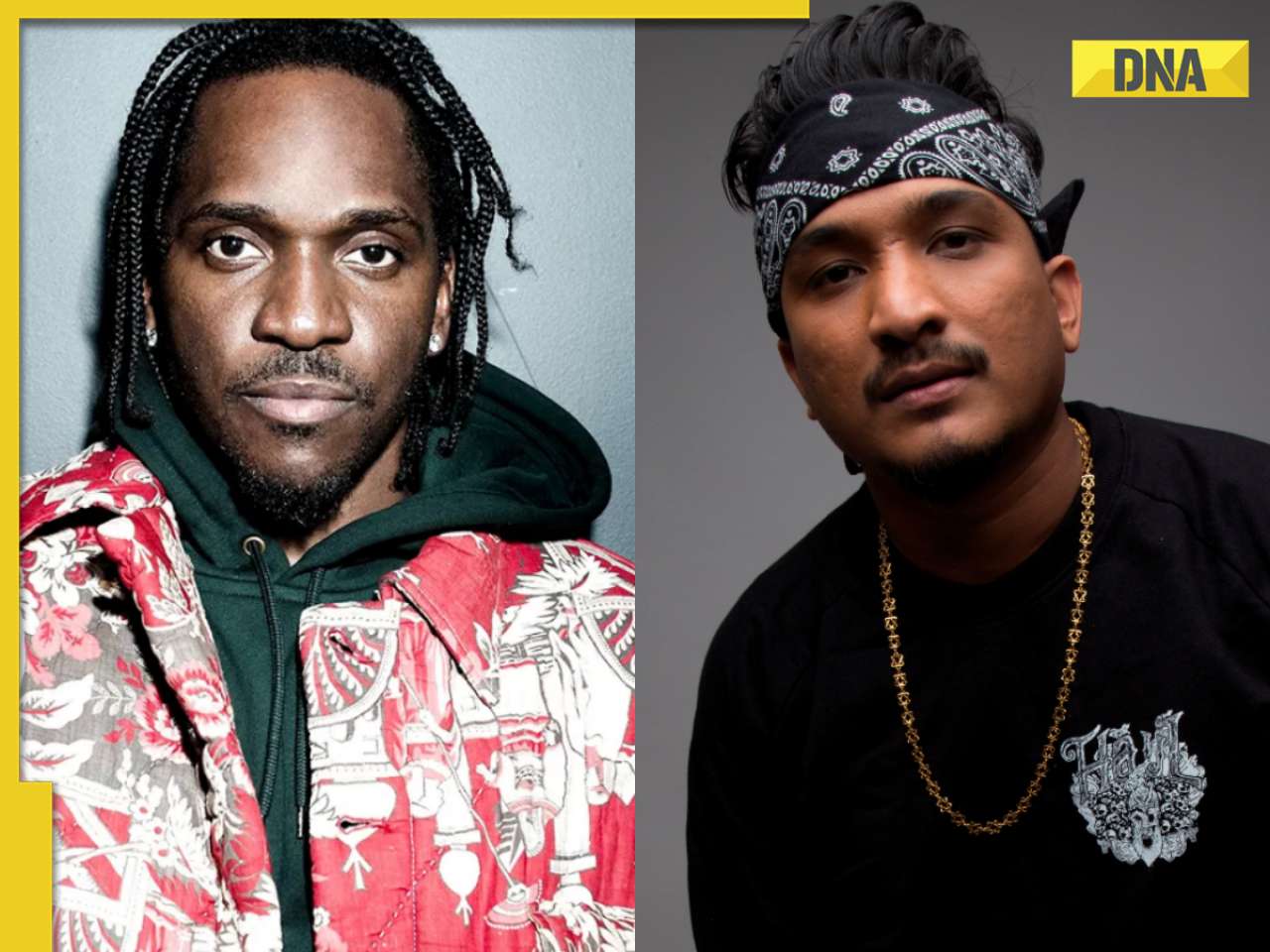


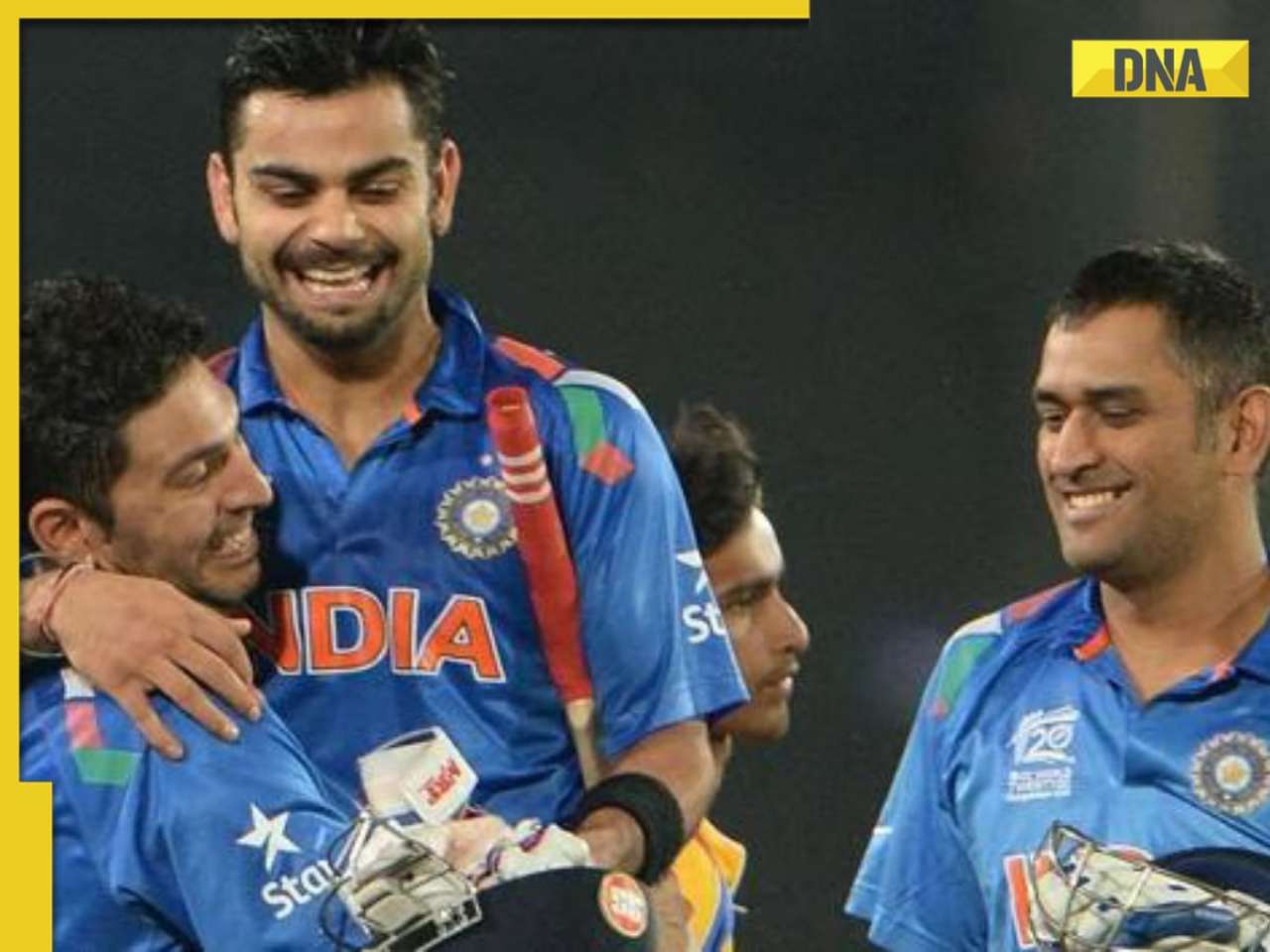







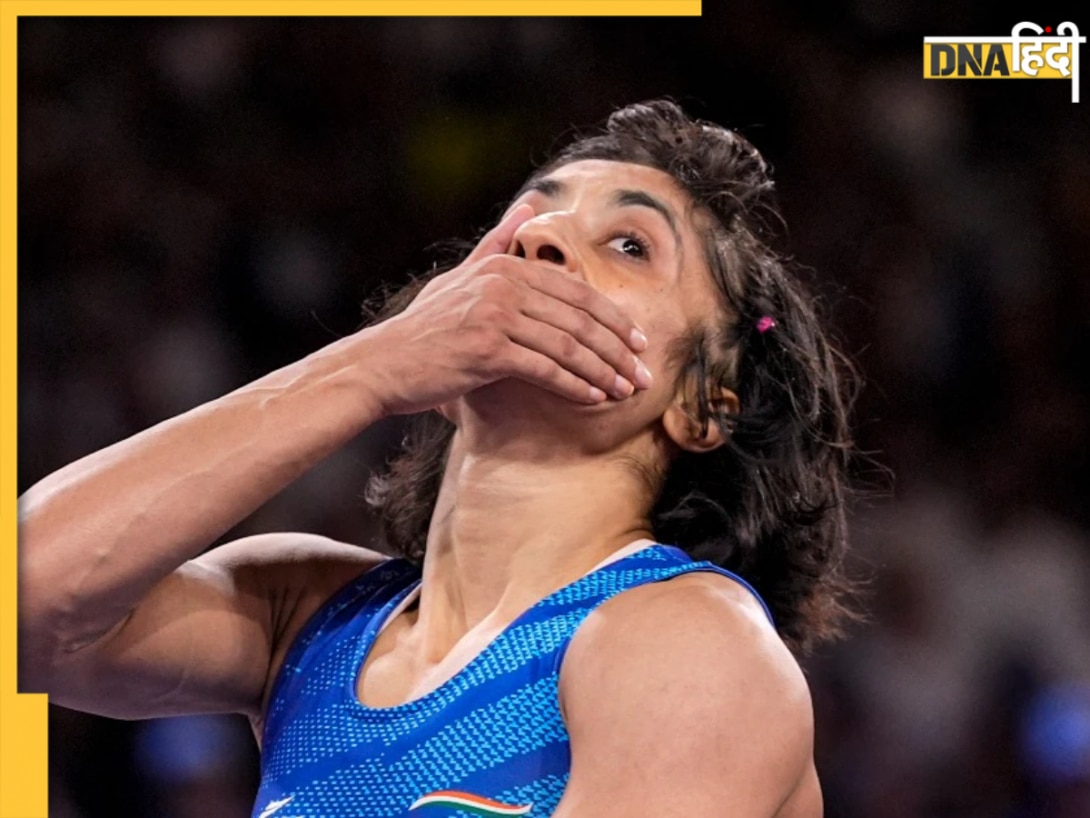
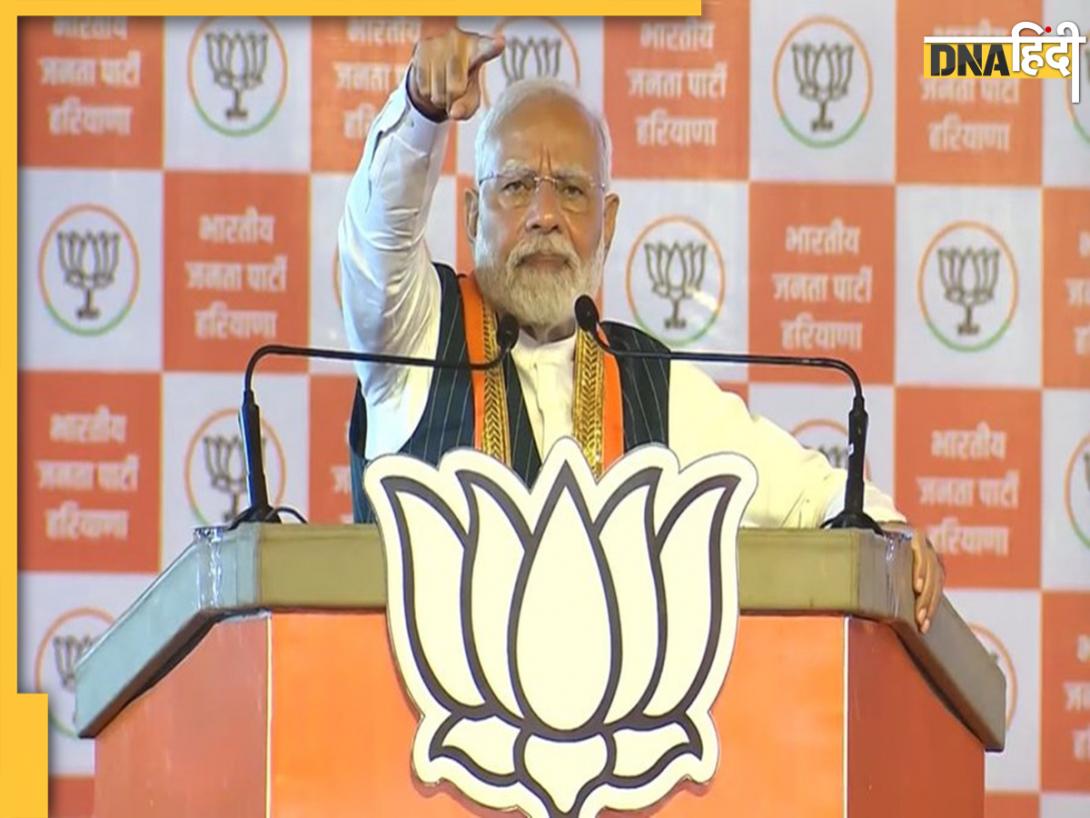

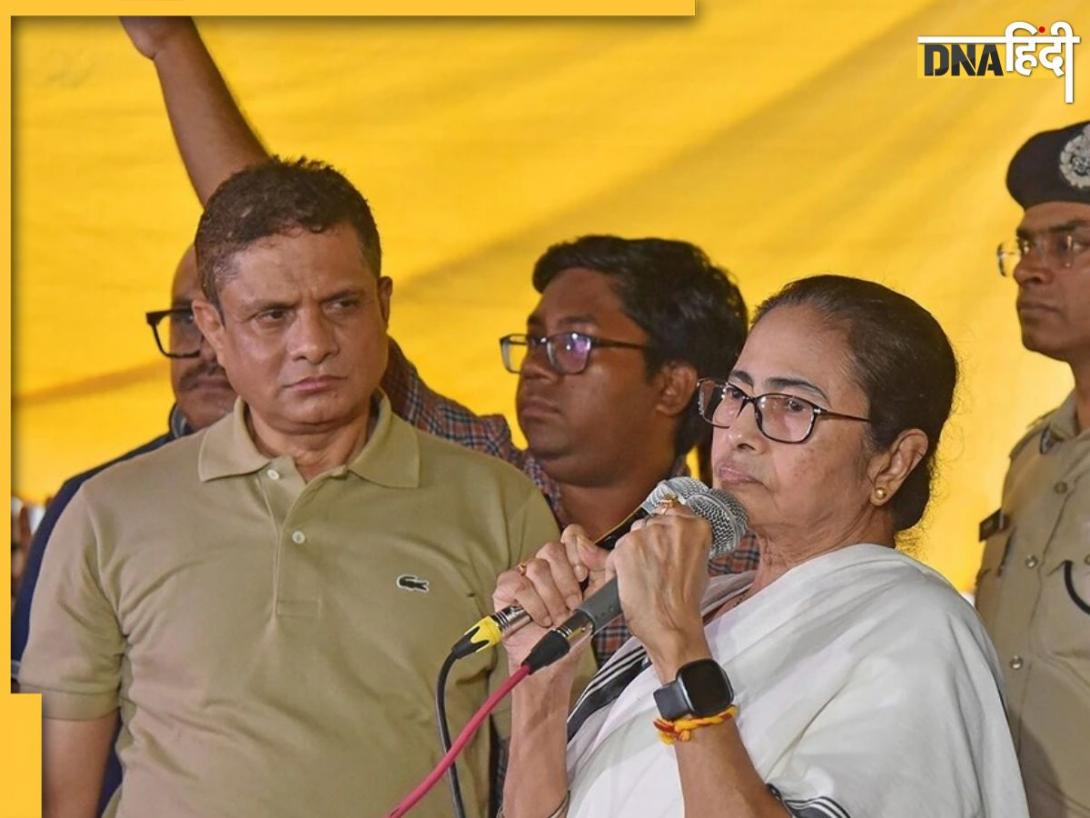



























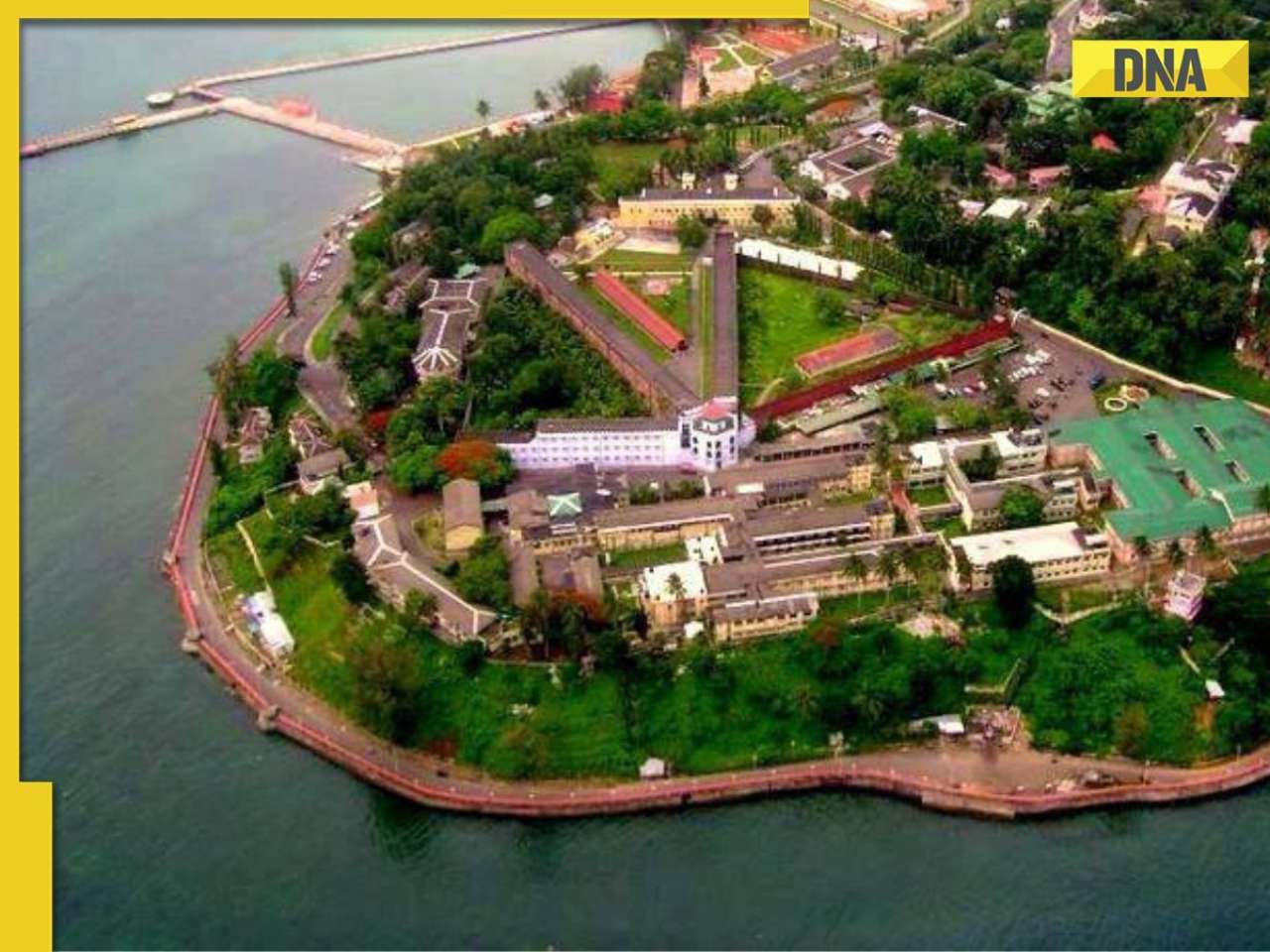
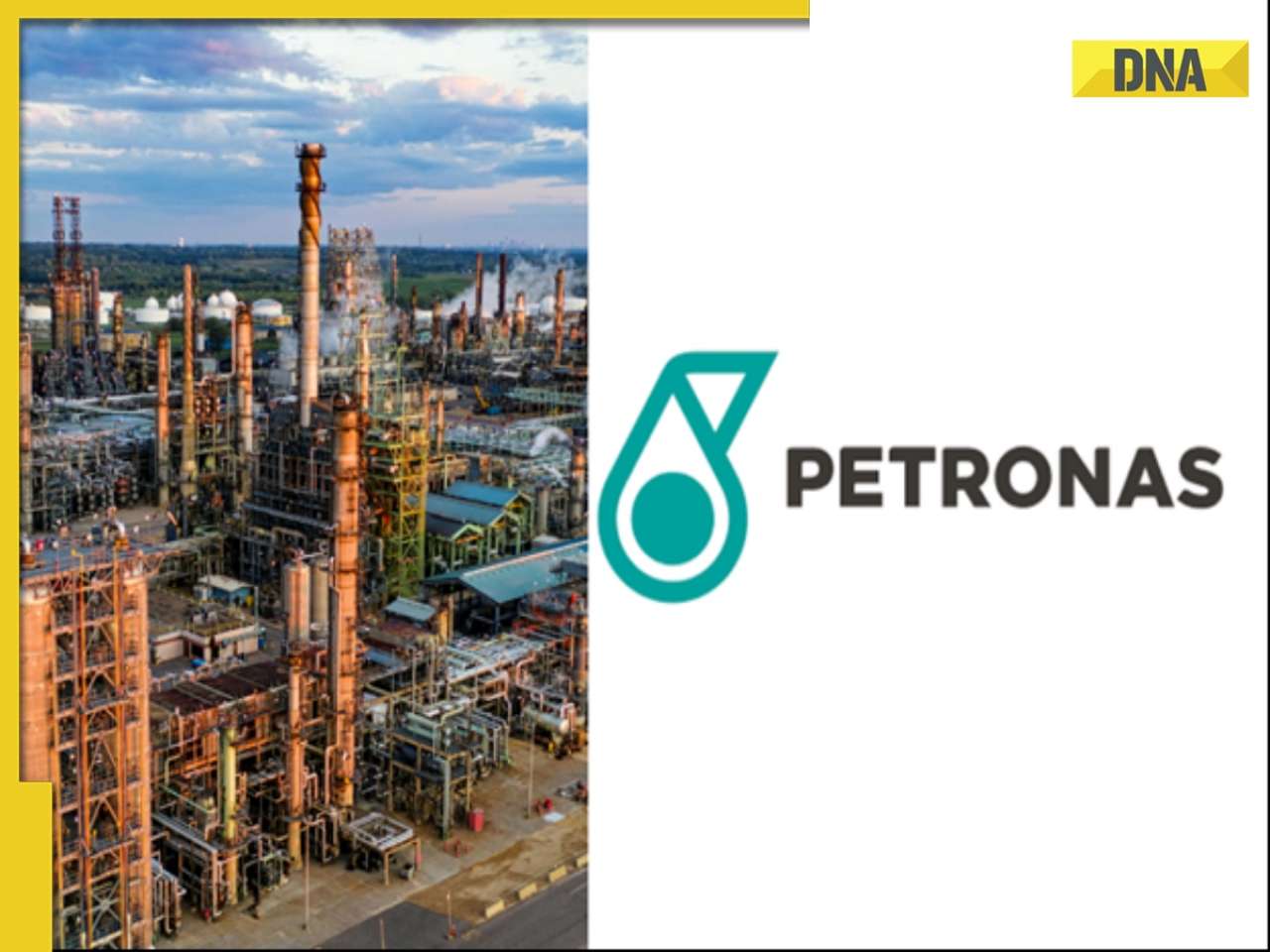

)
)
)
)
)
)
)
)
)
)
)
)
)
)
)





)
)
)
)
)
)